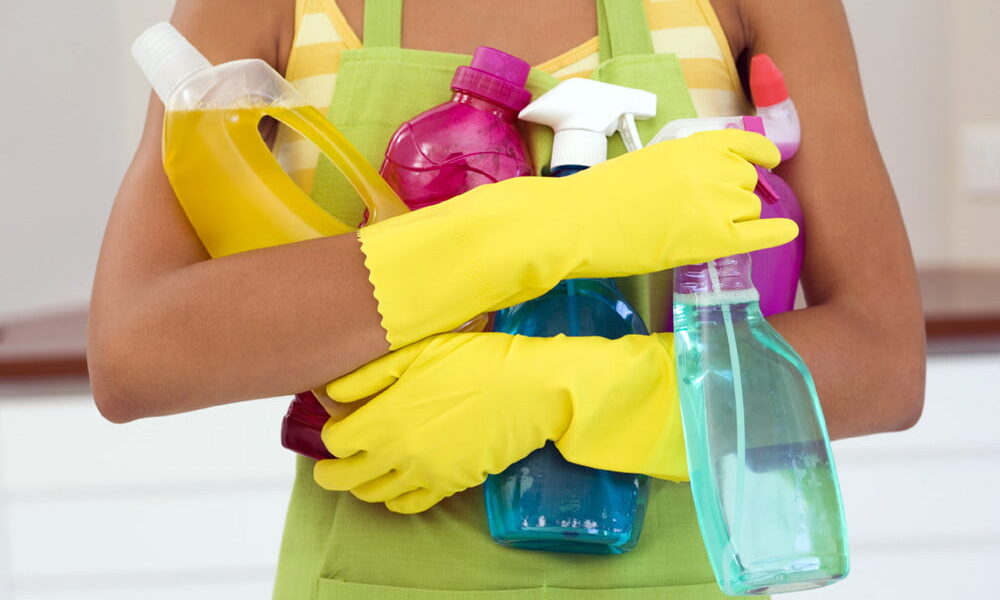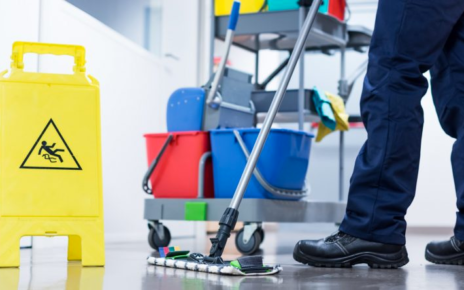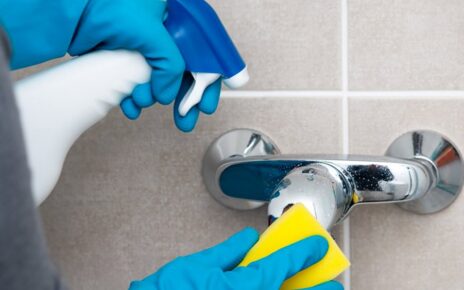Pharmaceutical manufacturing is a high-stakes business with several obstacles that must be overcome before a drug can be introduced to consumers. Whereas new product ideas may be generated at the “drawing board,” the process of bringing them to fruition begins and ends with cleaning validation. It is crucial that a product maintains its originality and unadulterated quality. The goal of cleaning validation is to make sure that the final product doesn’t have any extraneous materials in it. Your success, credibility, and FDA approval are all riding on it.
Validation Is Required By Law.
There has to be consistency, dependability, and repeatability in the pharmaceutical cleaning process. If work-in-progress (WIP) or continuous improvement (CIP) technologies are available, using them will provide a repeatable, documentable, and people-change-resistant recipe. Nevertheless, if an unsuitable detergent is used, cleaning times and procedures are less likely to be consistent and may even vary from one cleaning team to the next. Re-cleaning is sometimes required, which is undesirable for a certified technique. The patch pro fungicide is important there.
The Objective Here Is To Prevent Contamination At All Costs.
It is imperative that the pharmaceutical industry consistently adheres to the highest standards of quality control. The reasons for this are obvious. Comparable factors are at play in the manufacturing of nutraceuticals, personal care products, and other items intended for close, personal usage by humans (for example, sunscreens, lotions, and cosmetics).
Cutting Back On Idle Time
Cleaning equipment takes time that might be used towards actual production. Time spent cleaning machinery should be minimised to maximise output and, by extension, profits. This may be done by picking the right cleaning technique and detergent. We’ve helped businesses save a tonne of money by cutting down on cleaning time, and that’s allowed them to do more with the same resources.
Maximum Equipment Utilization Frequency
Higher productivity might recoup the equipment’s cost, and there could be less need to invest in new machinery to meet rising output needs. Finding the right detergent that reduces downtime would be a step in the right direction. There is a positive impact on profitability as a result of decreased capital expenditures and/or increased production.
Using the right detergent helps to prolong the life of the machine by reducing the frequency with which non-stainless steel parts like gaskets, seals, filters, and so on, need to be changed. This is achieved by removing the need for passivation and protecting the surface from scratches.
Conclusion
We may collaborate on a plan to ensure reliable and consistent cleaning validation. The right supplies and methods for cleaning will be included into this strategy. Proper cleaning may maximise asset utilisation, boost production capacity, enhance operator safety, and decrease cleaning time and the risk of contamination. That could help your bottom line in the long run.





